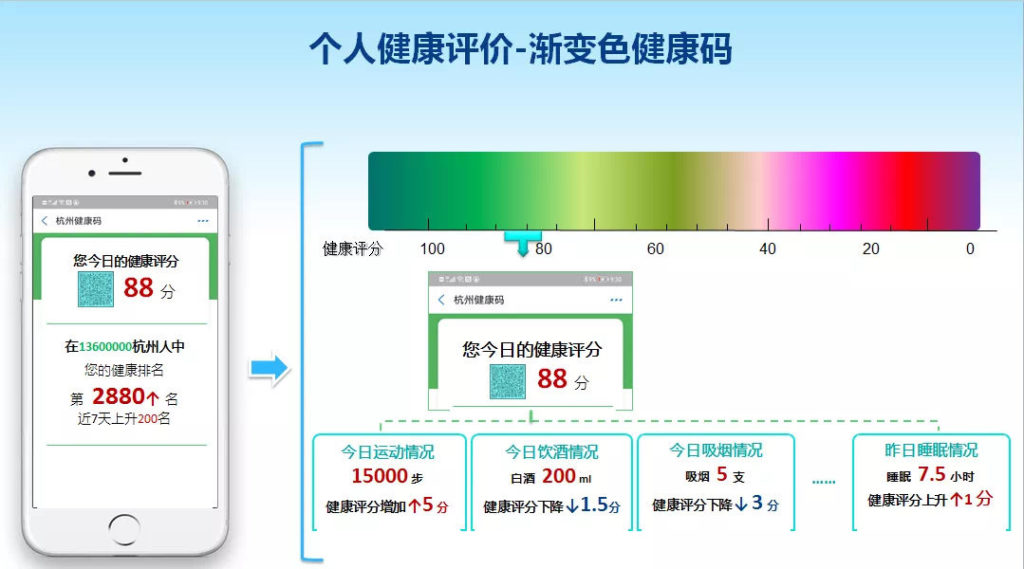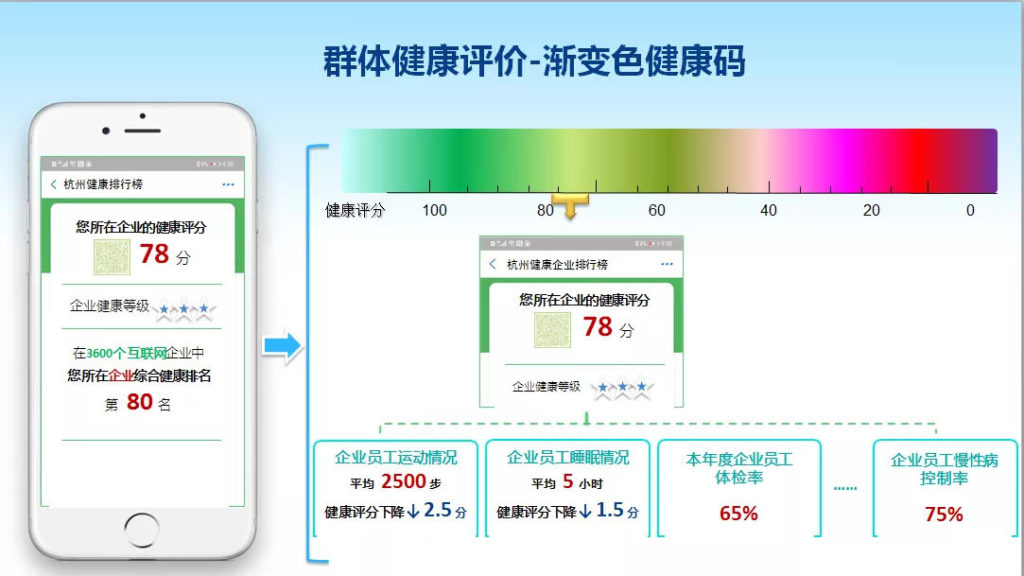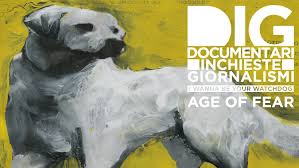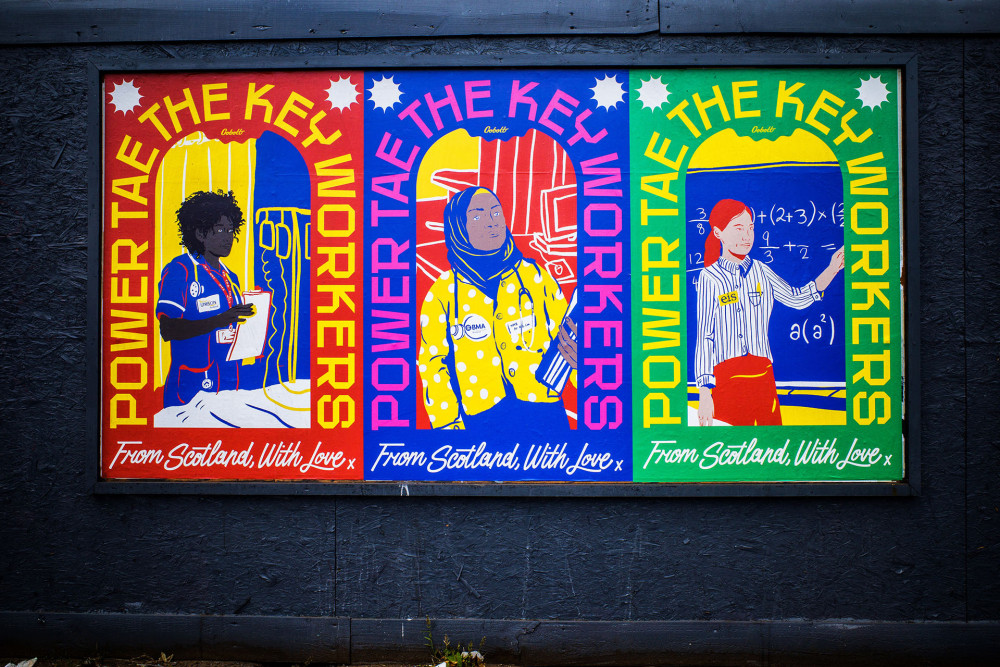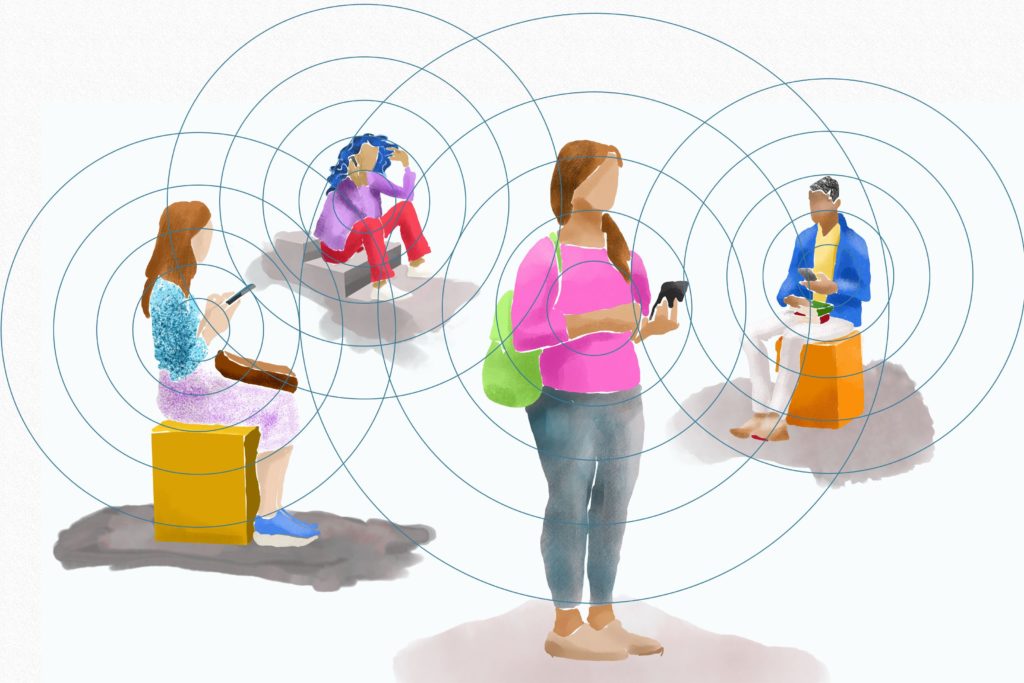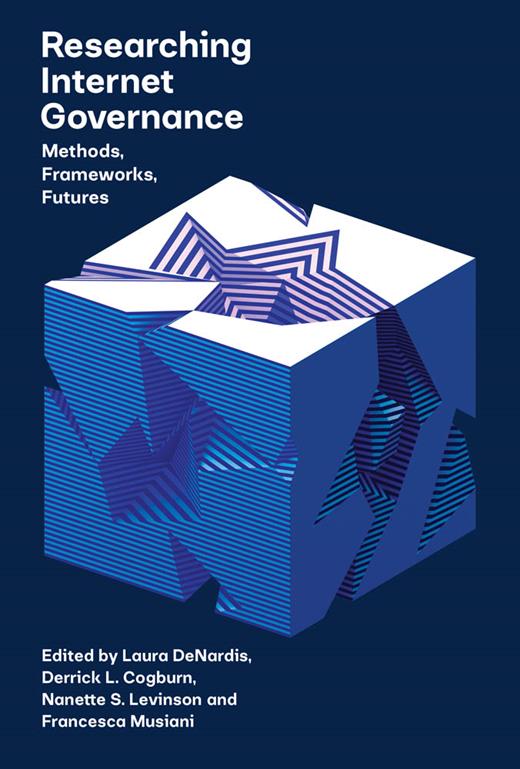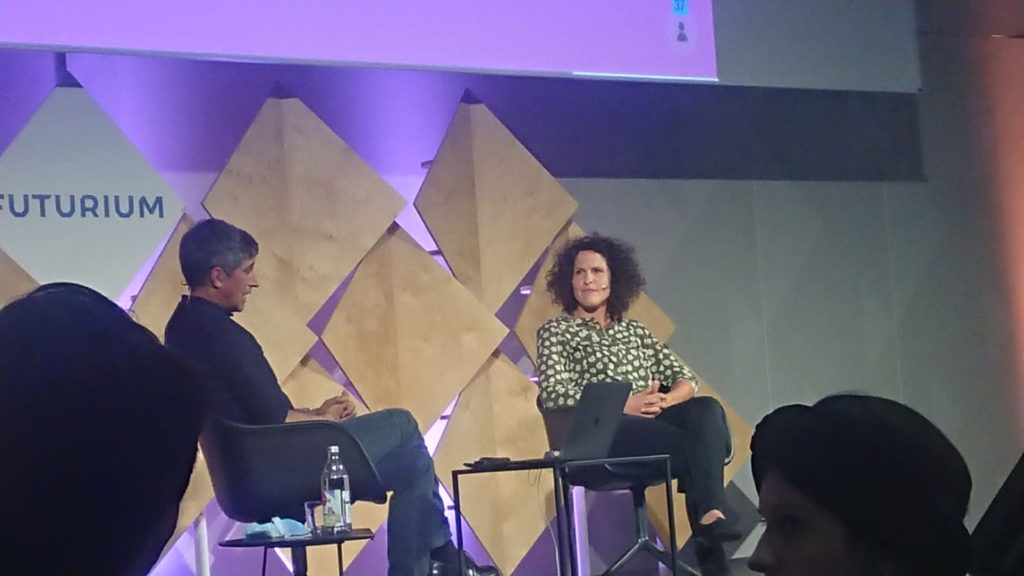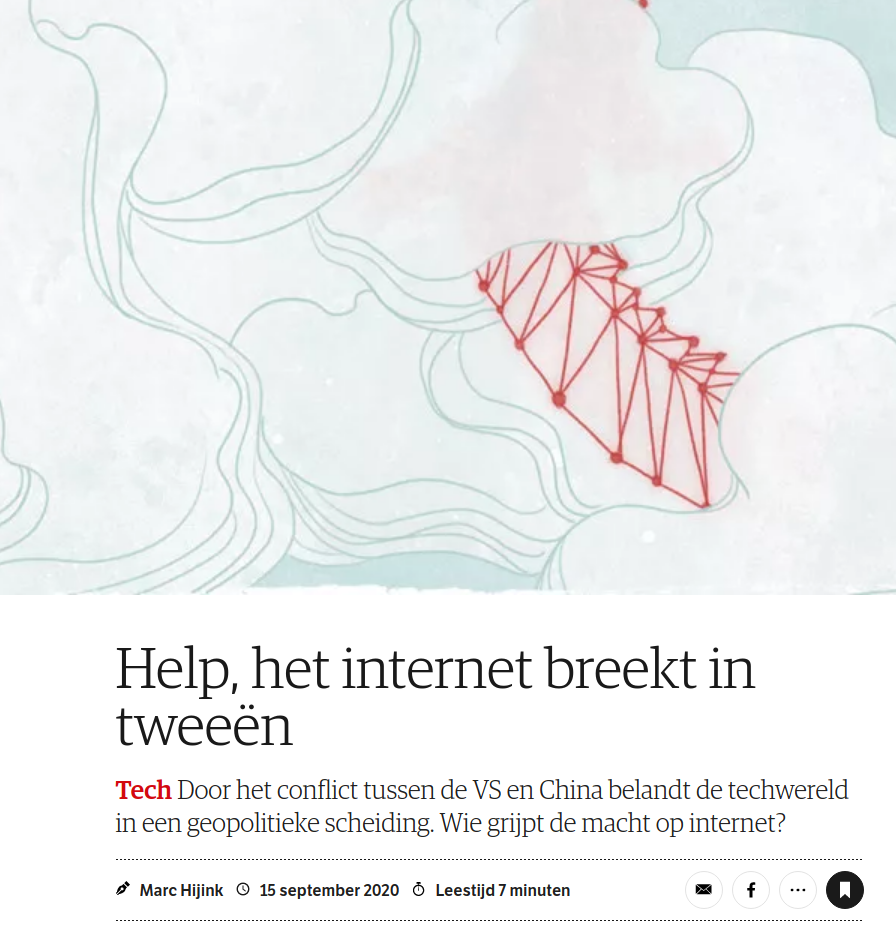by Alexandra Elliott
A man decides to go grocery shopping during the COVID 19 pandemic. Despite his best efforts to be cautious he comes within a 1.5m distance with another shopper while reaching for a basket, another when selecting his milk, two more when squeezing through the crowded cereal aisle and the cashier as he pays for his groceries. He then returns home to hugs from his wife and three kids. A few days later the man tests positive for the Coronavirus and all those he came into contact with may potentially also be sick. Each of these people has their own web of contacts, of which every person has another web and so on. And this is only the contacts made within one hour.
Contact tracing is essential in detecting cases of COVID 19, early treatment and the reduction of further contamination, ultimately overcoming the pandemic. However it is clear that doing so is no mean feat. With the total cases worldwide exceeding 7 million it seems reasonable to adopt the assistance of technology in contact tracing efforts. So why is there so much contention over the implementation of contact tracing apps? Consider this a summary guide.
In an attempt to assess whether contact-tracing technology should be met with approval I will position it within the academic notions of Good Data. Explaining how contract tracing works, through a case study of Australia’s COVIDSafe app, I hope to reach an understanding of why this technique is an essential tool in minimising the curve of the Coronavirus, “a strategy that goes hand-in-hand with economic recovery and reducing the isolation recommendations that are currently in place”. We will then explore many of the concerns and controversies preventing unanimous enthusiasm over the process, presenting both the arguments and their rebuttals to deliver a comprehensive portrait of the matter.
With the rise in suspicions over Big Tech and their manipulative and invasive data practices a counteractive field of academia developed focusing on ethical uses of data. There are discrepancies over the terminology and definitions found within the discourse – responsible data, good data, data justice – and many scholars have called for a unified understanding to therefore accelerate the ideas and implications. I have chosen to umbrella these concepts under the label Good Data.
One reference of the central ideas of the field can be found within the work of Taylor and Purtova (2019). They divide data justice into data responsibility and data sustainability; the first covering the impact of data on the user (for example matters of privacy and bias) and the latter referring to utilising data for the benefit of society – data for humanitarian, not capitalist, purpose. We will continue this piece by exploring how contact tracing apps fit into this model as an example of Good Data.
Big Data as Public Good
To illustrate how contact tracing apps are a sustainable data practice they can be understood as an implementation of Big Data as public good.
The information big data provides can be utilised for the benefit of society. Within relevant fields of academia this action is referred to as ‘data as public good’. However the reality of data access for humanitarian purposes is difficult to achieve due to the clashing responsibilities and ambitions of the various actors involved. Taylor (2016) and Ritchie and Welpton (2011) have both attempted to navigate these relationships and assess the likelihood of the exposure of personal datasets to benefit humanity.
Many papers dissect the data collection and analysis ecosystem of mobile operators and other Big Tech companies. If, upon release, data held by corporations can “promote social good” such as alerting emergency responses then it should be made available but this may not be in the best interests of the data’s private owners. The responsibility of exploiting privacy lays with the data owner who becomes hesitant to release information for fear it soil their reputation. We therefore encounter a block in sharing data for humanitarian endeavours.
COVIDSafe provides an alternative, more harmonious, model of data as public good by eliminating private ownership. The data is collected and analysed by the Australian government for the benefit of the Australian people. The government accepts the responsibility of individuals’ privacy. Unlike other cases involving numerous differing parties who collect the data and who analyse and use the data, the government’s goals align with the goals of the research – protecting the Australian population. There is no longer a need for repurposing. Through COVIDSafe an entirely new dataset is being collected, designed for the purpose of contact tracing and therefore facilitating the process of data for the public good.
Contact Tracing
Contact tracing involves identifying those who have been in contact with an infectious person so that they can isolate themselves and halt the spread. The process ultimately seeks to control the spread of a disease or virus and can be automated by smartphone tracking apps.
This tracking can be conducted over either Bluetooth or GPS. Bluetooth options offer more privacy, as they do not record the location at which contact occurred. Alternatively, others argue for GPS and its ability to identify hot spots. Up until recently Apple’s iOS software blocked Bluetooth from running in the background of apps. This would have rendered contact tracing apps ineffective as the app needed to always be open to detect contacts. They have now removed that function thus supporting the development and use of such applications.
Once in operation a phone with a contact tracing app will send out a code through Bluetooth to any other phone, also with the app, which comes within a detectable distance. An example developed alongside the Australian government is COVIDSafe.
COVIDSafe
Australia’s government and health authorities have adopted the COVIDSafe app as a tool to contain and hopefully overcome Coronavirus in the country. It’s endorsement has been strong with widespread advertisements encouraging Australians to download the app and the Prime Minister Scott Morrison appealing to the public with assurances that the more people that use the app the more quickly the pubs can reopen.
COVIDSafe works by recognising other devices in its proximity with the app installed, “it notes the date, time, distance and duration of the contact and the other user’s reference code”. The reference code is anonymous and refreshed every two hours, the data collected is encrypted and the information is deleted after 21 days (a time period which covers both incubation and testing).
From both the COVIDSafe website and statements by the government it is clear that those involved are aware of users apprehension of infringement of privacy and wish to resolve such concerns. The Guardian recently conducted a survey, which found 57% of respondents to be anxious of the security protecting their personal information.
In an attempt to quell concerns both a Privacy Policy and Privacy Impact Assessment Report are available to read and users may opt out at anytime and request for the immediate deletion of their records. Furthermore, it is a criminal offence to use the data collection for any purpose other than contact tracing (including law or isolation enforcement) and by any other actors than those delegated, punishable by a five-year jail sentence.
Regardless of these protections, COVIDSafe is not an open source software prompting critics to argue that it “is not subject to audit or oversight”. The reason privacy protection is so critical is that the data collected constructs a “comprehensible social contacts map of the nation”. A dataset of Australians’ behavioural patterns could become a valuable resource for a range of purposes from marketing opportunities to more malicious regimes.
Since its appearance in the app store COVIDSafe has experienced a number of setbacks including hoax texts distributed to users with a message reading “the COVIDSafe app has detected you are now +20km from your nominated home address” and the revelation that the users’ phone make and model was communicated unencrypted. There was also backlash in the media of the choice to store the data in the American owned Amazon Web Services (AWS) over Australian providers fit for the purpose. As well as the lost opportunity to support local businesses (particularly necessary during the pandemic), concerns were raised over information being accessed by American entities due to legislation approving government access to data held by any US owned companies. However there is some ambiguity surrounding the matter as AWS are already used for a range of Australian federal operations and the transferring of COVIDSafe data to any country is prohibited through the Biosecurity Act.
Research has confirmed that certain user numbers must be attainted before contact tracing apps can be labelled as effective. The University of Oxford conducted an experiment on a simulated city to reveal that 80 per cent of smartphone users in the U.K., or 56 per cent of the population must be using the app it is to be successful in curbing the spread of the Coronavirus. Unfortunately this cannot be enforced, it is important to permit downloading the app as voluntary to maintain civil liberties.
User numbers may be inhibited by scepticism throughout society towards both the government and Big Tech’s use of surveillance to monitor our daily routines and consequent reluctance to participate. Furthermore, there is a high correlation between those without possession of a smartphone and those at high risk of contracting COVID 19 – particularly the older generation and those from a low-income bracket. Contact tracing apps therefore fail to detect and protect many, potentially severe, cases.
Another issue is the limitations of the technology infrastructure. The Bluetooth range extends beyond 1.5 metres and also permeates through walls creating false positives. Numbers may also be inaccurately inflated through “self-diagnosing incorrectly or worse, trolls spamming the system”. False positives need to be avoided not only for the efficiency of the operation but also as to not loose the faith of its users.
In conclusion
If assessing contact tracing apps based off their ethical purpose COVIDSafe, and its intentions of eliminating a pandemic, would be considered a golden example of Good Data. However following Taylor and Purtova (2019) it is not only sustainability but also responsibility that must be met to attain a holistic Good Data practice. Concerns over confidentiality and inaccuracies prevent contact tracing apps from easily being categorised as Good.
However, what if the equal weighting of responsibility and sustainability is not fixed? Extenuating circumstances often mean we must prioritise and compromise. Contact tracing apps are an example of foregoing responsibility towards the individual for sustainability of the whole.
Additionally, incorporation of decentralised storage, allowing people to choose from a pool of suppliers to align with their values, providing an exit strategy so data is not stored post virus and inviting collaboration to incite innovation could construct a more trustworthy model of contact tracing. Trust has become particularly potent, do we trust our government and health services to utilise this data for the benefit of the public? It is important to maintain perspective and remember what is at stake, “it sounds like a dystopian surveillance nightmare that could also save millions of lives and rescue the global economy”. In times of crisis we may comply with conditions otherwise worth challenging. Sacrifices and personal discomfort may be necessary and worthwhile if they lead to overcoming and healing from COVID 19.
About the Author
Alexandra grew up in Sydney, Australia before moving to England to complete her Bachelors degree at Warwick University. She is currently undertaking a Research Masters in Media Studies at the University of Amsterdam. It is through this course that she became involved with the Good Data tutorial and DATACTIVE project.
